Affiliate links on Android Authority may earn us a commission. Learn more.
The best and worst smartphone branding partnerships
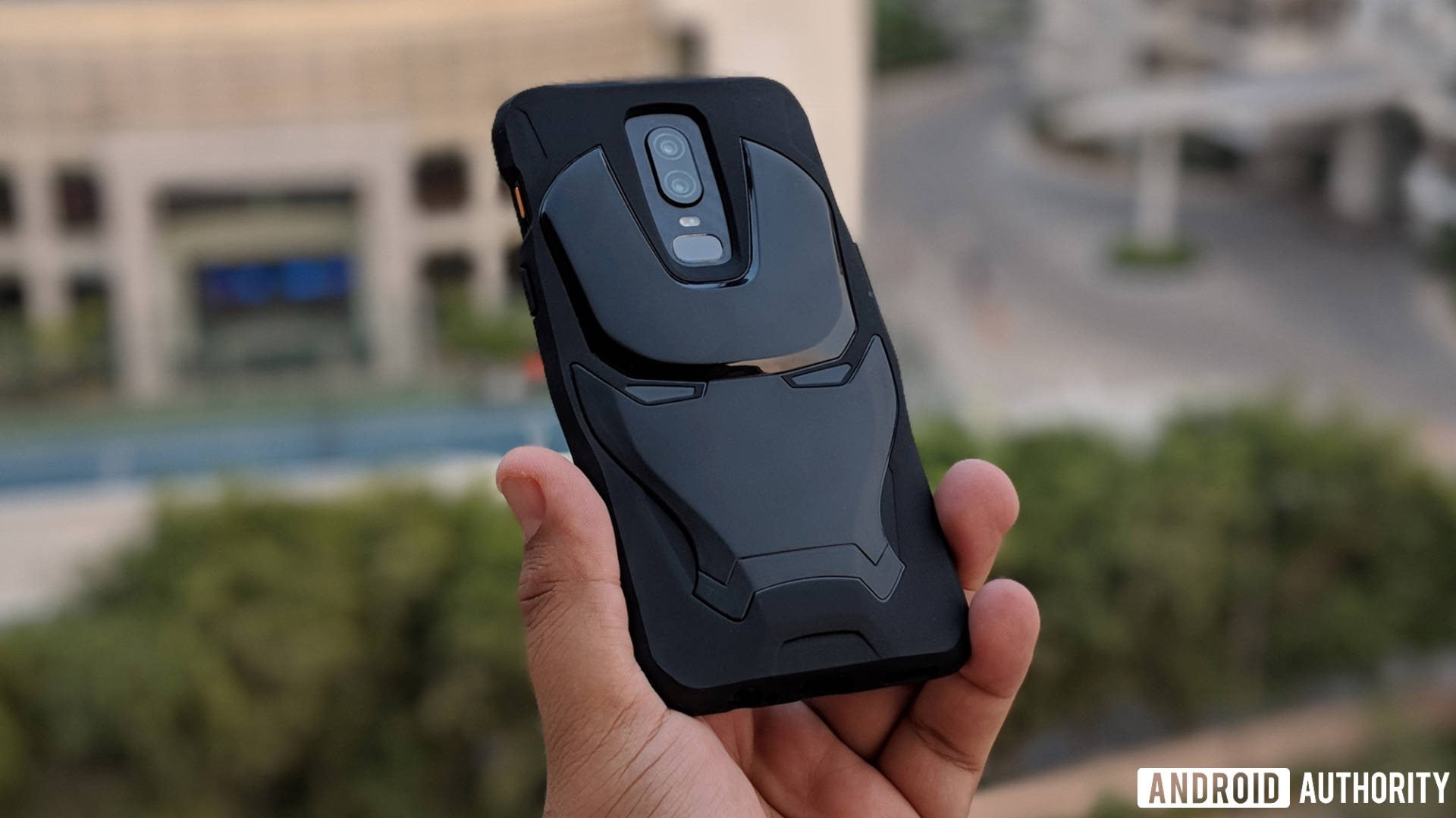
It’s tough to stand out among the best phones in today’s competitive smartphone market. As a result, brands both big and small regularly partner up with names from other industries to help promote their latest smartphones while highlighting the partnering brand.
Whether it’s for marketing purposes or just for fun, special edition models are certainly nothing new to the smartphone industry. Let’s take a look at some of the best and worst partnership ideas to have cropped up in the past few years.
The modern camera partnerships
Manufacturers seemingly can’t launch a high-end smartphone these days without partnering with a camera lens specialist. Leica and ZEISS brandings have popped up on various smartphones over the past few years and Hasselblad recently joined the party with the OnePlus 9 series. As photography is a hugely important factor in consumer purchasing decisions these days, camera partnerships perhaps do help to sell smartphones, although industry giants Apple and Samsung have, so far, refrained from participating in this trend.
See also: The best camera phones you can get
Just how much difference these partnerships actually make remains hotly debated. Some branded smartphones have earned plenty of plaudits but underwhelmed in terms of sales, such as HUAWEI’s Leica branded P40 and Mate 40 series (the US trade ban won’t have helped) and Sony’s ZEISS branded Xperia 1 II. Although, in the case of the latter, it’s hard to name a smartphone brand that ZEISS hasn’t partnered with at some point. This definitely diminishes the appeal of any supposedly exclusive branding exercise.
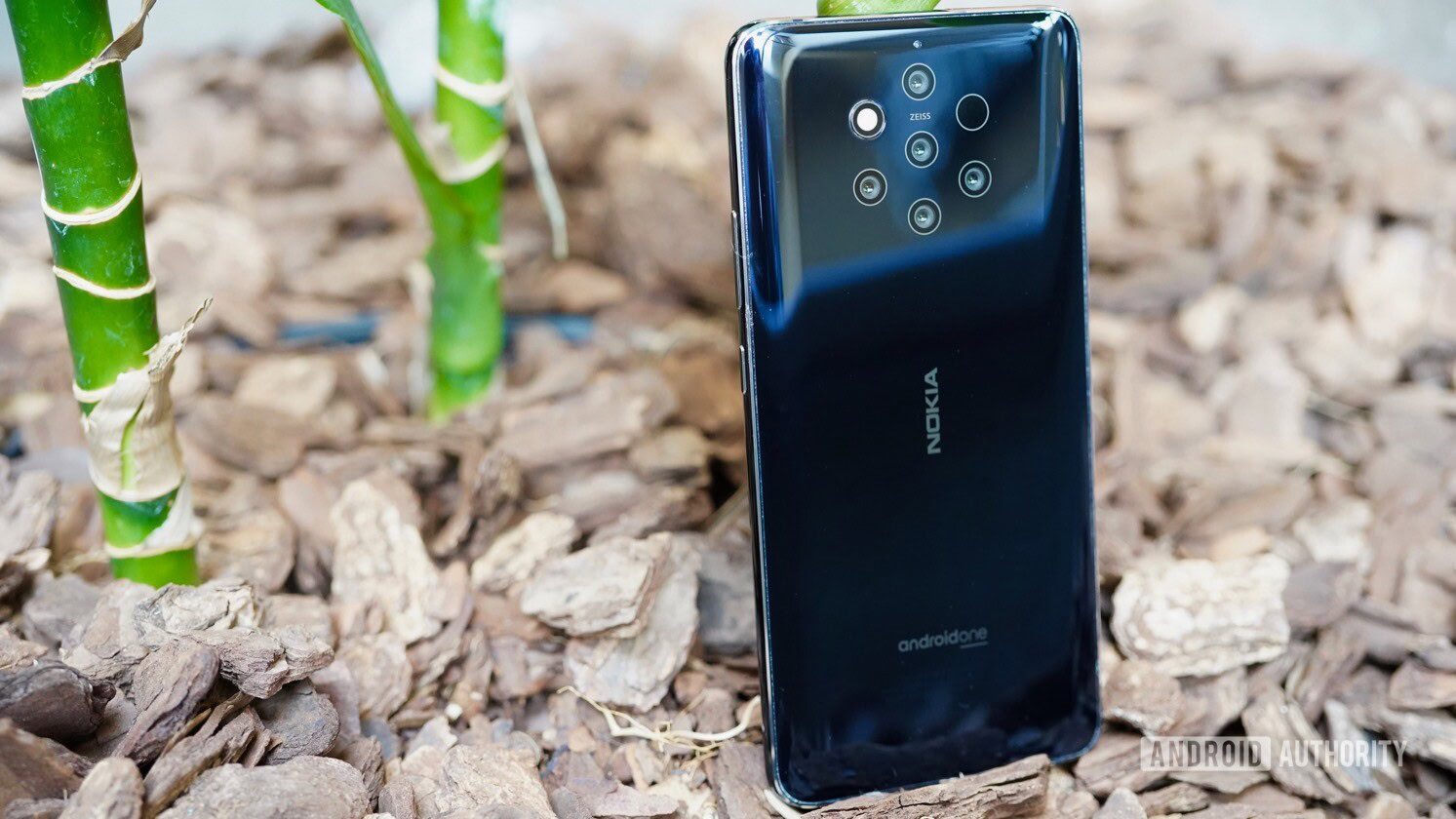
But these partnerships don’t always work out for the best. Nokia’s dual partnership with ZEISS and Light produced the bizarre-looking Nokia 9 PureView (pictured above). Light’s multi-sensor technology was pretty experimental at the time and hasn’t been repeated since, which tells you everything you need to know about how this phone turned out. Even leaning on the much-beloved PureView branding couldn’t convince us that Nokia’s five-camera setup was worth all the hype.
While some camera partnerships have worked out, they definitely aren’t a guarantee of photography quality.
Supercar smartphones
Camera brands aren’t the only big names to be found in the partnership game. Apparently, smartphones and supercars are also a match made in heaven too.
Huawei’s Mate series has a few entries daubed with Porsche branding and bodywork. The most recent examples include the HUAWEI Mate 40 RS as well as its Watch GT 2. Likewise, OnePlus has suped up a couple of its flagships with the aid of designers at McLaren. The latter partnership ended after the OnePlus 7T Pro edition, so we probably won’t see any more OnePlus-McLaren smartphones in the future. Let’s not forget the OPPO Find X Lamborghini Edition either.
Of course, premium brands command premium prices and these phones weren’t cheap. The OnePlus 7T Pro McLaren Edition cost £799 (~$1,121), a full £100 more than the standard model for a little more than a paint job. HUAWEI’s Porsche branded models were even more expensive. The Porsche Design Mate 20 RS cost €1,695 (~$2,048) in 2018, substantially more than the Mate 20 Pro’s €1,050 (~$1,268) price tag. Overpriced? Almost certainly, although clearly these phones were aimed to turn heads rather than sell in big numbers.
Luxury purchases for the elite or pointless race to the bottom of the branding bucket? I’ll leave it to you to decide on this one.
Fashionable and fabulous
Cameras and cars are just the latest branding trends in the mobile business. There’s always been an uneasy bridge between tech and fashion — just look at the very real iPhone snobbery phenomenon. We’ve also seen fashion brands flirting with handset partnerships as far back as the feature phone days. Most of the results have been pretty gaudy, verging on hideous.
A few favorite classics of mine include the Dolce & Gabbana Motorola Razr V3I with its £399 (~$560) gold paint job that didn’t even come with any accessories, although it did have a special D&G ring tone pre-installed. And who could forget Vertu? The British brand that was spun out of Nokia sold a small range of $10,000+ smartphones with out-of-date hardware specifications. Not surprisingly, this business model led to bankruptcy in just a few short years. But Vertu somehow struggled on, fleecing customers in China with its Aster P comeback model that costs up to 98,000 yuan (~$14,000).
Today’s high-end smartphones aren’t exempt from fashion partnerships. You can buy the Samsung Galaxy Z Flip Thom Browne Edition, complete with signature stripes, for $2,480. That’s essentially double the cost of the standard Galaxy Z Flip. The Thom Browne Galaxy Fold 2 costs an even heftier $3,299, but as Samsung puts it, “it’s not just an ecosystem — it’s a lifestyle.” I suppose that’s true for the lucky few who don’t need to worry about price tags.
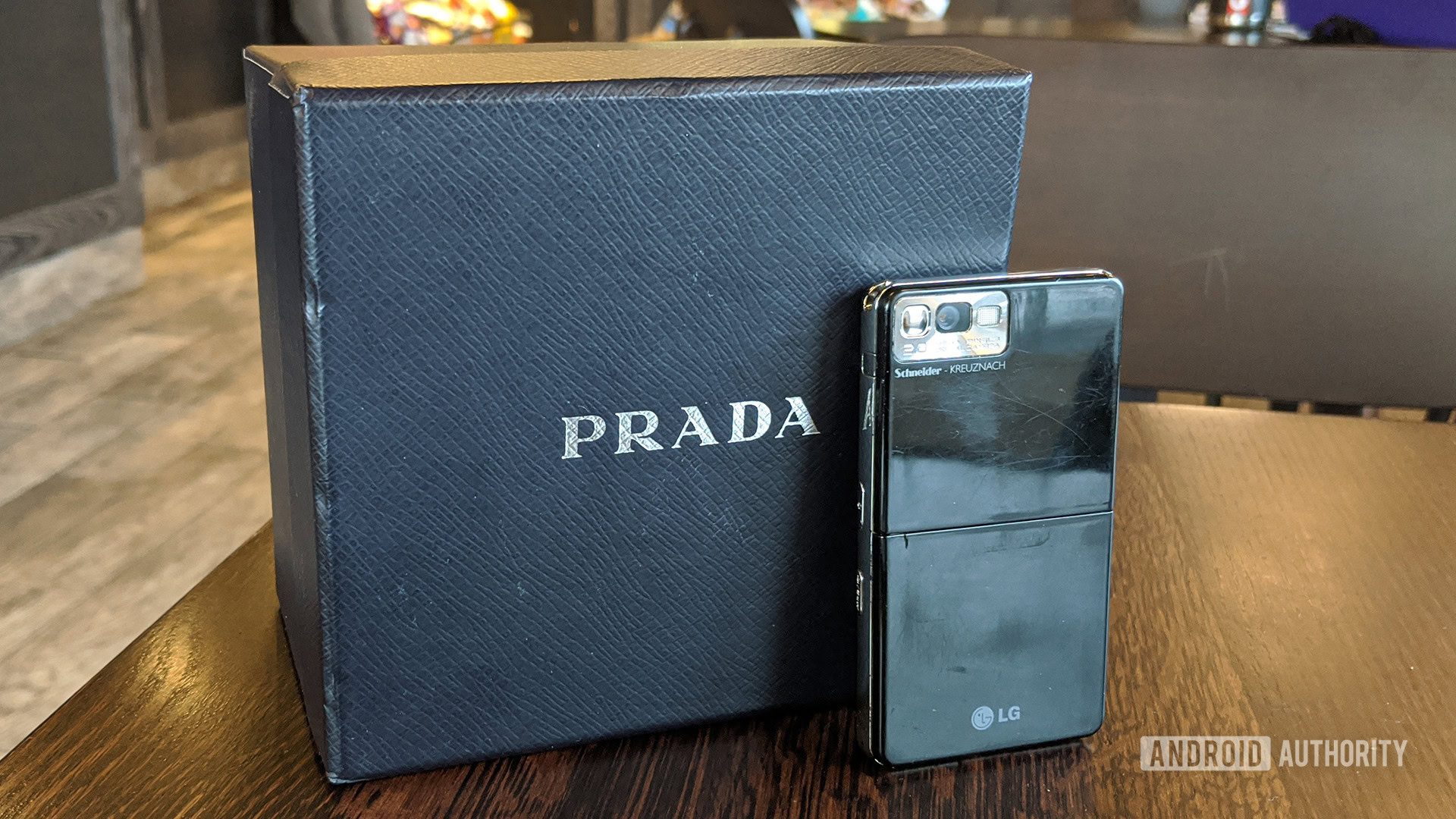
Fashion products haven’t all been complete rubbish afterthoughts though. Although not a smartphone in the modern Android sense, 2006’s LG Prada was a fashion phone with some surprisingly decent hardware.
While the build quality was, ironically, rather shoddy, the LG Prada came with Bluetooth 2.0, a capacitive touchscreen, and a microSD card slot, which were all cutting-edge innovations at the time. The phone also came with a more comprehensive 2MP camera and a flashier package than that of the original iPhone. Talk about luxury. That said, the phone lacked Wi-Fi and a full keyboard layout, yet cost a whopping $849 back in the day.
HTC and Beats
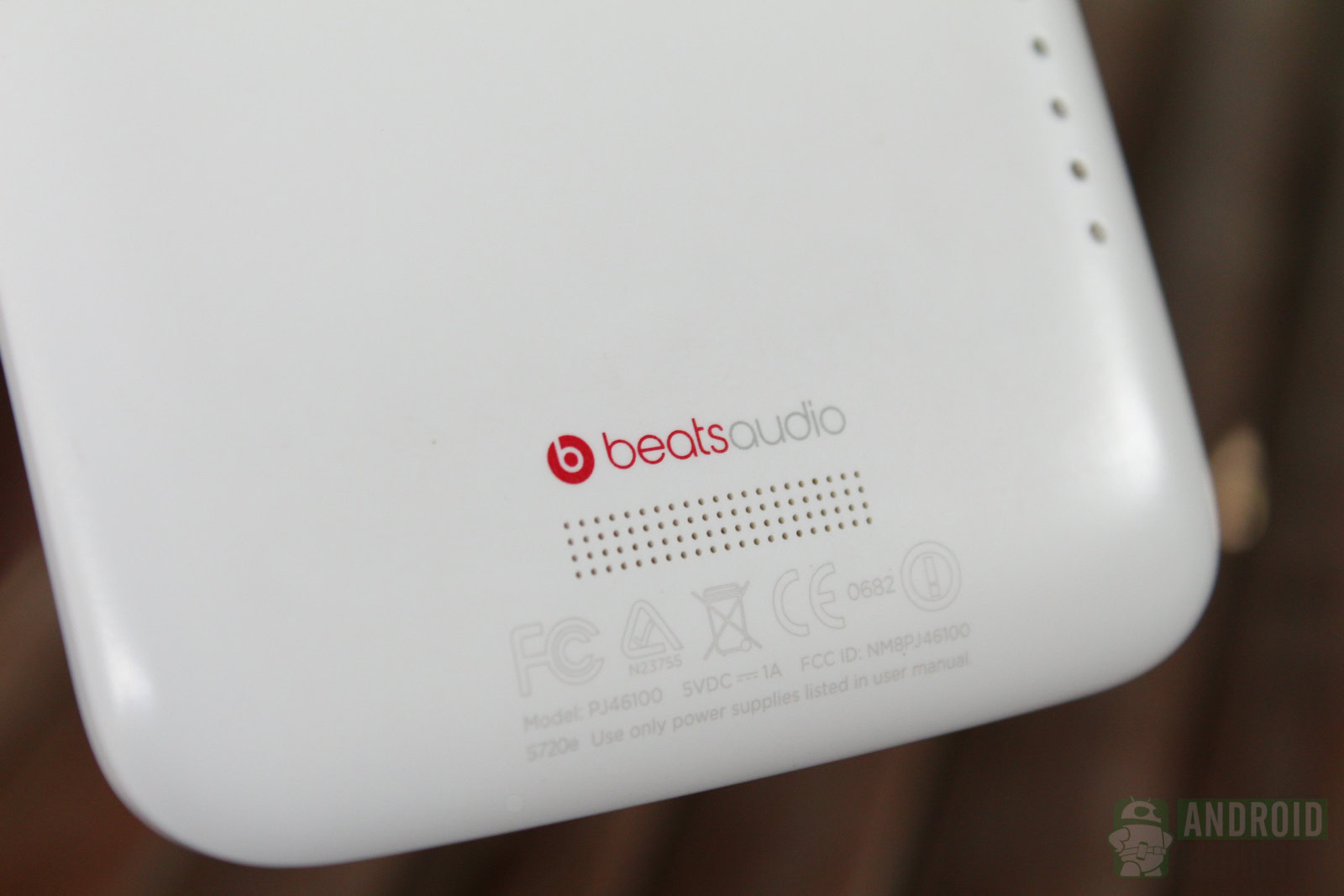
Love or hate the brand, Beats has never been shy about putting its name front and center. In its early years before Apple bought it out, Beats was actually owned by HTC(remember them?). The company was keen to leverage its 2011 purchase, slapping the Beats Audio logo across a bunch of smartphones. Handsets included the HTCSensation XE all the way back in 2011, followed by the HTCOne X, One S, and One V, along with a few others up until 2013.
Read more: Did you know: HTCowned Beats before Apple
While HTCdid eventually carve a niche out for itself as one of the few companies to offer decent stereo front-facing speakers, the Beats partnership wasn’t particularly appreciated at the time. Despite the marketing hype about audiophile sound, HTC’s Beats integration was little more than a fancy equalizer. The sort of thing you can find in basically any music player app. Consumers quickly saw through the ruse and it all ended up with HTCbeing heavily criticized for overcharging its customers. Furthermore, the HTCOne X didn’t even come with Beats earbuds in the box in the US, Canada, Australia, or most of Europe. Talk about a marketing mess.
In September 2013, Beats bought back all of its remaining shares from HTCand ended the partnership — and not a moment too soon. The HTC-Beats partnership definitely goes down as one of the biggest smartphone partnerships fails. That’s right, I’d mark it more harshly than the HTC Butterfly S Hello Kitty tie-in.
Superhero Samsung
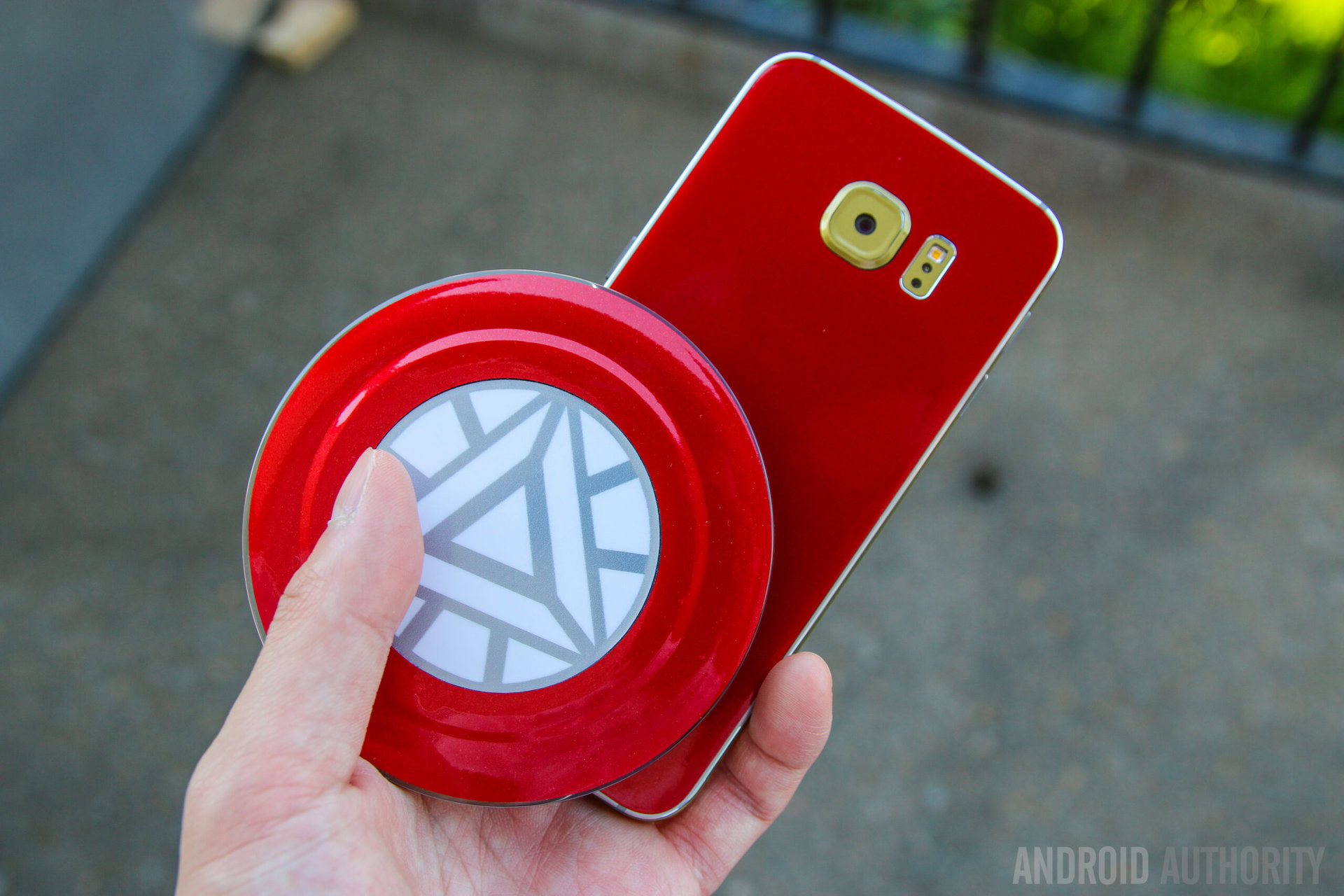
Movies are certainly no strangers to branding partnerships and superhero tie-ins have found a popular home in the smartphone market. As one of the biggest names in the business, Samsung has seen its fair share of comic book-inspired spin-offs.
The idea started out with the Iron Man Galaxy S6 Edge (pictured above). The bright red colorway wasn’t the worst-looking phone design ever, but the Iron Man helmet etched into the phone’s back and bundled Arc Reactor wireless charging pad were designed with the fanboy in mind. The following year, Samsung switched sides to the DC Universe with the Galaxy S7 Edge Injustice Edition. Again, the glossy black color option was actually quite striking and was paired with a gold Batman logo on the back and a selection of wallpapers.
Samsung isn’t the only smartphone brand to play sidekick to the superhero industrial complex. OnePlus emblazoned a limited edition OnePlus 6 with the Avengers logo, alongside a custom Iron Man case and one of six medallions. This was a follow-up to the OnePlus 5T Star Wars Limited Edition tie-in for Disney’s Last Jedi movie. Speaking of Star Wars, does anyone remember the R2-D2 Motorola Droid 2? Or how about the stunning Samsung Galaxy Note 10 Plus Star Wars Edition? OPPO also dabbled with its own F11 Pro Marvel Avengers Limited Edition and Captain America-inspired case and collectors badge.
Kentucky Fried Handset
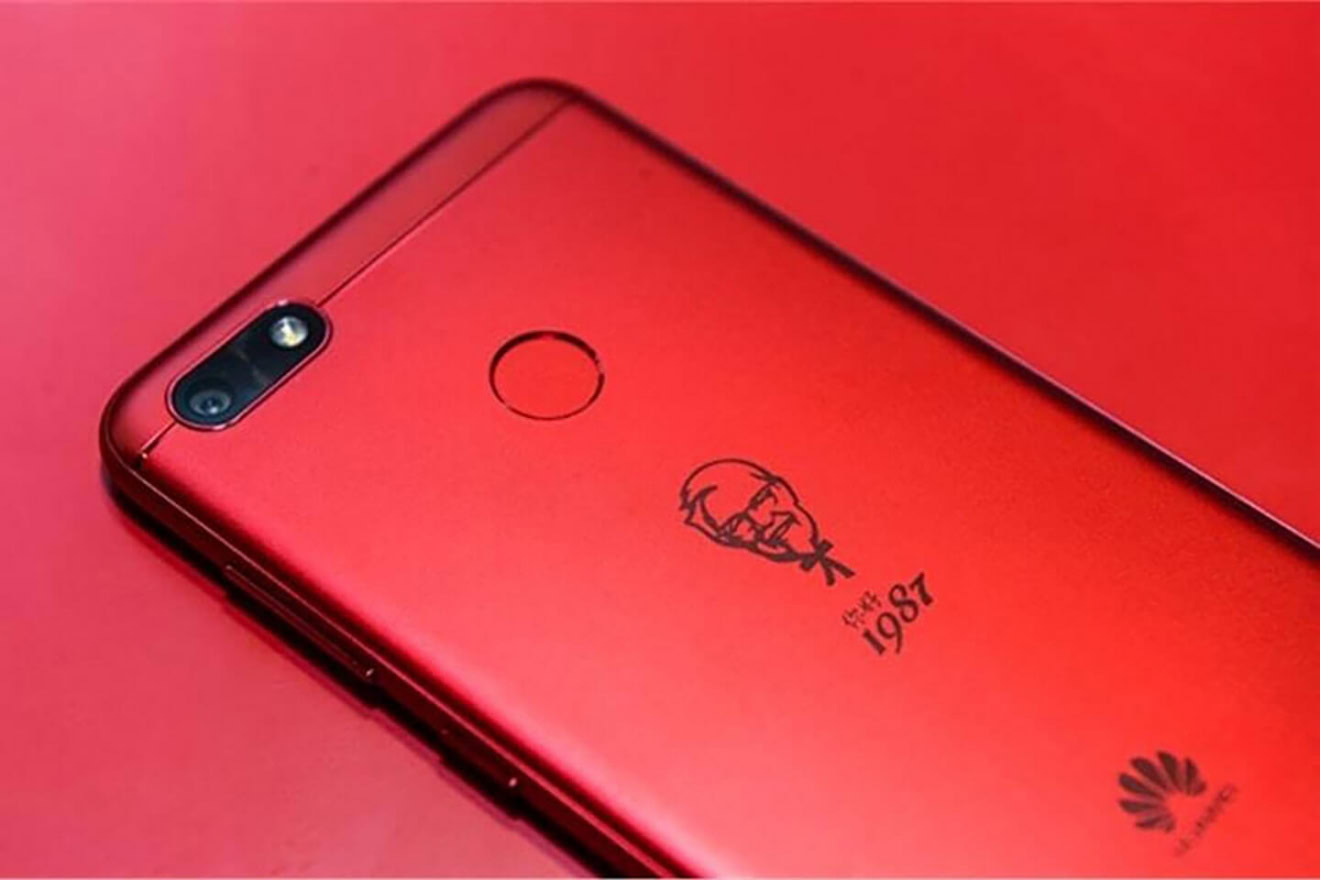
What better way to end our roundup than with a celebration to commemorate KFC’s 30th year operating in China back in 2017, HUAWEI launched a red version of its mid-range Enjoy 7 Plus handset (above). KFC is surprisingly huge in China, with thousands of locations across the country. The back of the phone features a laser-etched Colonel Sanders logo with the date the franchised first opened in China.
Also read: 15 worst Android phone names, ranked
That wasn’t all though. HUAWEI bundled the limited edition phone with 10,000 digital K dollars to be used in China’s KFC stores. Somehow I doubt those have appreciated quite like Bitcoin. KFC’s smartphone also features a music app that allowed owners to share playlists in the restaurant.
This was a pretty exclusive launch. HUAWEI only made 5,000 of these finger-lickin’ handsets.
That’s it for our list and it’s by no means exhaustive. There have been a lot of smartphone tie-ins over the years. Do you have any particular favorite smartphone partnerships? Any awful special-edition models that we’ve missed out? Let us know in the comments below.